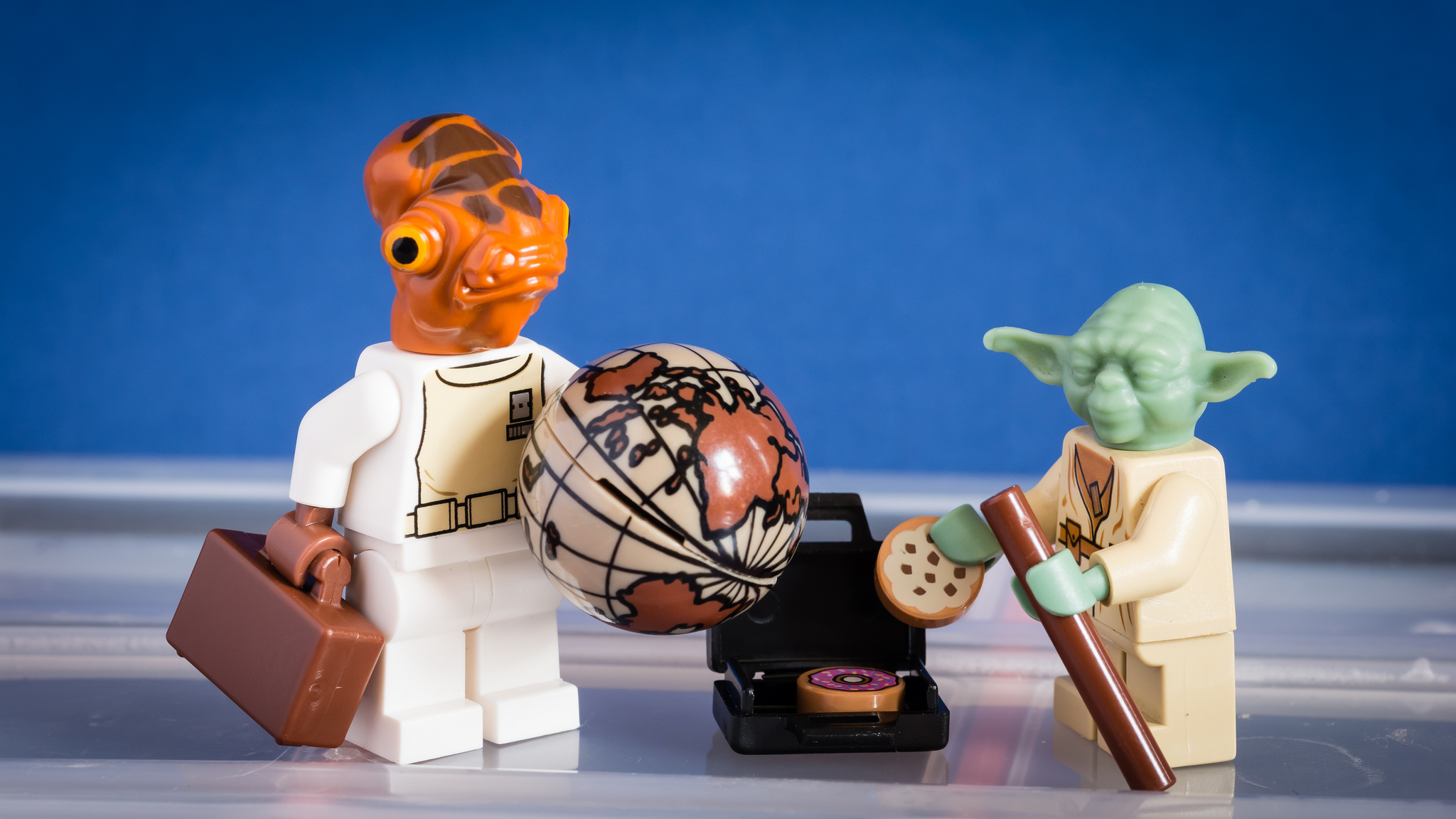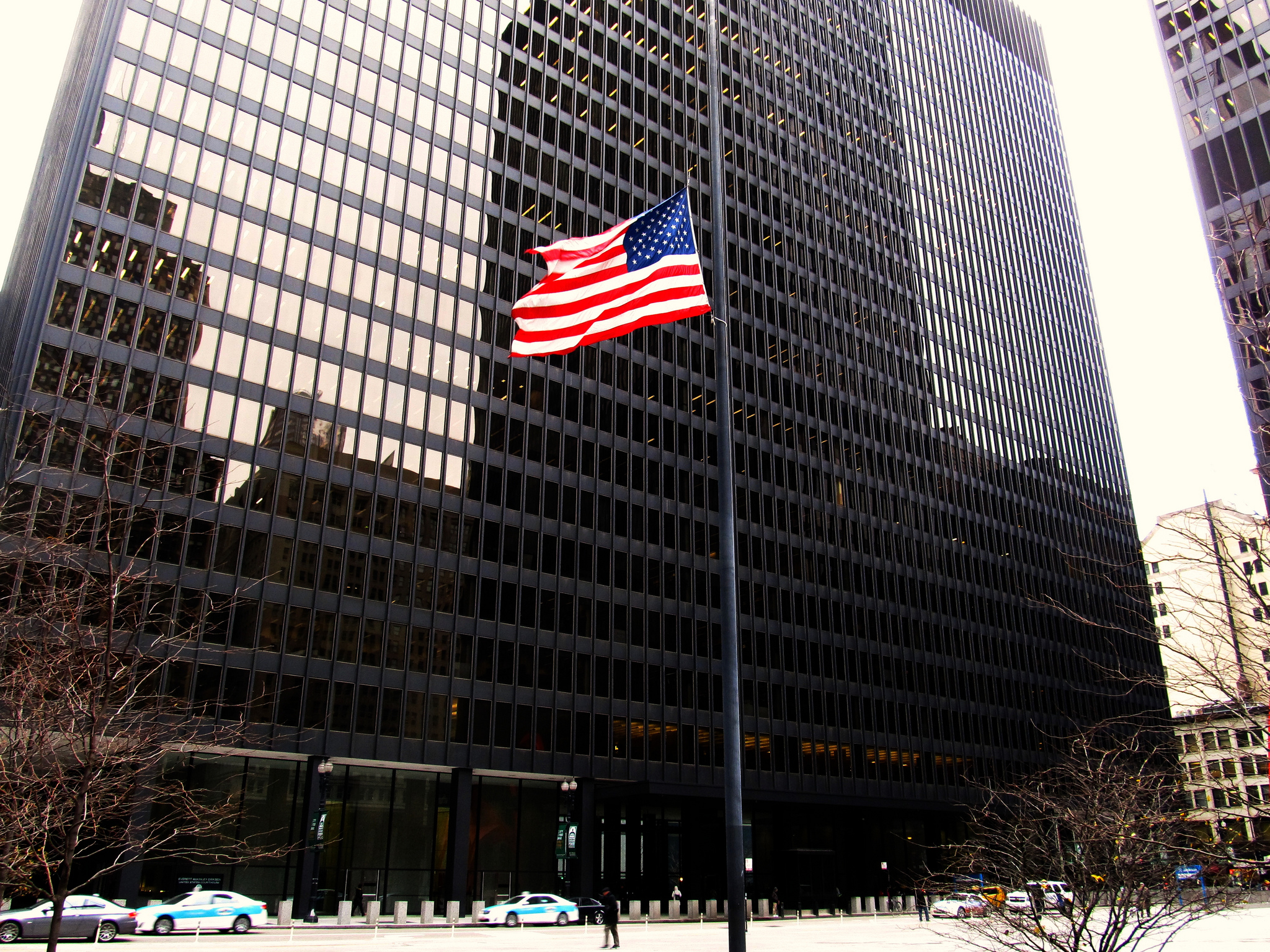 By Christopher Schmidt [reposted from ISCOTUSnow]
By Christopher Schmidt [reposted from ISCOTUSnow]
This one was a bit crazy from the start. One just senses that Chief Justice Roberts was sitting there as the first lawyer kicked off oral argument, tapping his foot impatiently, counting the seconds before a respectable amount of time had passed so he could pounce with his wild hypothetical.
The case of Navarette v. California involved a driver the police pulled over based on suspicion of drunk or reckless driving. The police did not witness the reckless driving. They were relying on information received from another driver who claimed the pickup truck in question had run the anonymous caller off the road. The legal question at issue was whether the phone tip alone, without corroborating evidence, could provide the reasonable suspicion required for the traffic stop. Fortunately for the stopped driver here, the stop did not result in an arrest for drunk or reckless driving. Unfortunately for him, it resulted in an arrest for four large bags of marijuana in the back of the truck.
Let’s return to oral arguments at the Supreme Court, which took place last week. The driver’s lawyer was all of 53 seconds into his argument of the need for independent police corroboration of anonymous tips before making a traffic stop when the Chief Justice stepped in. Then the bombs started flying.
Paul R Kleven: Mr. Chief Justice, and may it please the Court:
In this case, the Court should hold that officers acting on anonymous tips must corroborate the tips’ assertions of illegal conduct as well as the identifying details before making a stop, whether that tip involves erratic driving, illegal gun possession, or any other allegation of misconduct.
Now, the State proposes that the reasonable suspicion rule established in Terry v. Ohio, which courts and law enforcement officials have been applying now for more than 40 years, should be altered so that now it applies as a sliding scale where the level of suspicion varies depending on the nature of the crime that an anonymous tipster claims someone has committed.
Chief Justice John G. Roberts: So if the tip — if the tip is, is this car is driving by and throwing bombs out the window, okay, every, you know, whatever, 500 yards, the police find the car, they have to wait until they see the person actually throw a bomb out the window themselves before pulling them over?
Paul R Kleven: Well, Your Honor, in terms of the reasonable suspicion, yes.
If all they have is an anonymous tip and there is no — they have no way of corroborating any of the — any of the innocent details except that they can identify the car, then, yes, under–
Chief Justice John G. Roberts: So your answer is yes, the car is going there and he’s throwing a bomb out and it goes off, but he has to wait till he sees them throw out another bomb?
Paul R Kleven: –Your Honor, under the Florida-J.L., the Court has said when they are looking — when all that they are able to corroborate are obvious reasonably observable details, such as that, then there is no basis for the Court to go beyond that–
Justice Ruth Bader Ginsburg: I thought that J.L. gave an example of an exception that the report is somebody is carrying a bomb?
Paul R Kleven: –Well, there is that exception, Your Honor.
And in Florida-J.L. it said that it was not, the Court said that it was not required on the facts of that case to speculate about a situation where such a serious danger–
Justice Antonin Scalia: Throwing bombs doesn’t count, but carrying a bomb does, is that it?
Were they throwing bombs that they weren’t carrying?
Paul R Kleven: –Your Honor, that would not make a difference.
However, in this case, in terms of adjusting the reasonable suspicion standard, the Court should not address that.
Later in oral argument, after a brief debate over whether the lawyer was to receive an “A” for his argument or not, Justice Scalia, true to form, upped the ante. He brought out the nukes.
Justice Anthony Kennedy: You get an A for consistency.
I’m — I’m not sure about common sense.
[Laughter]
Justice Antonin Scalia: I’m — I’m not sure he gets an A for consistency.
I thought — I thought you said you acknowledged or didn’t repudiate the statement in — in our opinion in J.L. that if there was a bomb in the car, that would be something else.
What — what if there’s in the car — the tip is this person has an atomic bomb given him by Al Qaeda; he is driving it into the center of Los Angeles to — to eradicate the entire city, okay.
Let it go?
Paul R Kleven: Your Honor, I believe–
Justice Antonin Scalia: He tells you the license number, where the car is.
You can’t stop the car?
Paul R Kleven: –I believe, consistent with what the court said in Florida v. J.L., that may be a situation, again, where the court decides that — that the risk is so great–
Justice Antonin Scalia: So you see, he’s not consistent.
Paul R Kleven: –No.
But it would not be — it should not change — it should not be in terms of the level of suspicion required under — under Terry.
The reasonable suspicion standard should not change on that.
The Court seemed to be indicating in Florida v. J.L. that at some point the level of danger becomes so great that, in fact, there was–
Chief Justice John G. Roberts: So the — the atomic bomb, the level of danger is great enough, but the young girl in the trunk, the level of danger is not great enough?
Paul R Kleven: –Your Honor, what I’m saying, in either of those situations, the Court may want to consider some sort of exception to the reasonable suspicion standard and that seems to be–
Justice Anthony Kennedy: What is your position what you would do if you were on this Court with those hypotheticals?
What is your position that should happen in those two hypotheticals?
Paul R Kleven: –Well, Your Honor, I think that the Court may well want to — to craft some–
Justice Anthony Kennedy: What is your position as to what the Court should do in those cases?
Paul R Kleven: –Well, let me start off by saying, if I could, that I don’t think the Court needs to reach that question in this case, just as it did not need to reach that question in J.L.–
Justice Anthony Kennedy: I understand it, but we’re interested in the hypothetical.
Paul R Kleven: –Right.
Your Honor, I believe that, again, I don’t know what particular doctrine the Court would — would choose, but I think that probably the Court could find some — some doctrine that would allow it in that circumstance to find it.
But it shouldn’t be — it shouldn’t be moving toward the sliding scale element in — that — that we’re talking about.
Yes, as Justice Kennedy said, the Justices are interested in their hypotheticals.
A staple of law school classrooms and appellate litigation, hypotheticals are not only fun, but they can often be a useful tool for establishing the limits of any given legal argument. But sometimes one has to wonder what is gained from the really crazy ones. Did debate over the hypothetical broccoli mandate really illuminate the constitutional question at issue in the Affordable Care Act cases? (For my skeptical response to this question, see here.) Do these bomb hypotheticals really help to answer the narrower question at issue in this case?
Regardless of their value, I don’t see the Justices giving up their affection for far-fetched hypotheticals anytime soon. If nothing else, they are a good way for the Justices to make the lawyers squirm.



Leave a Reply